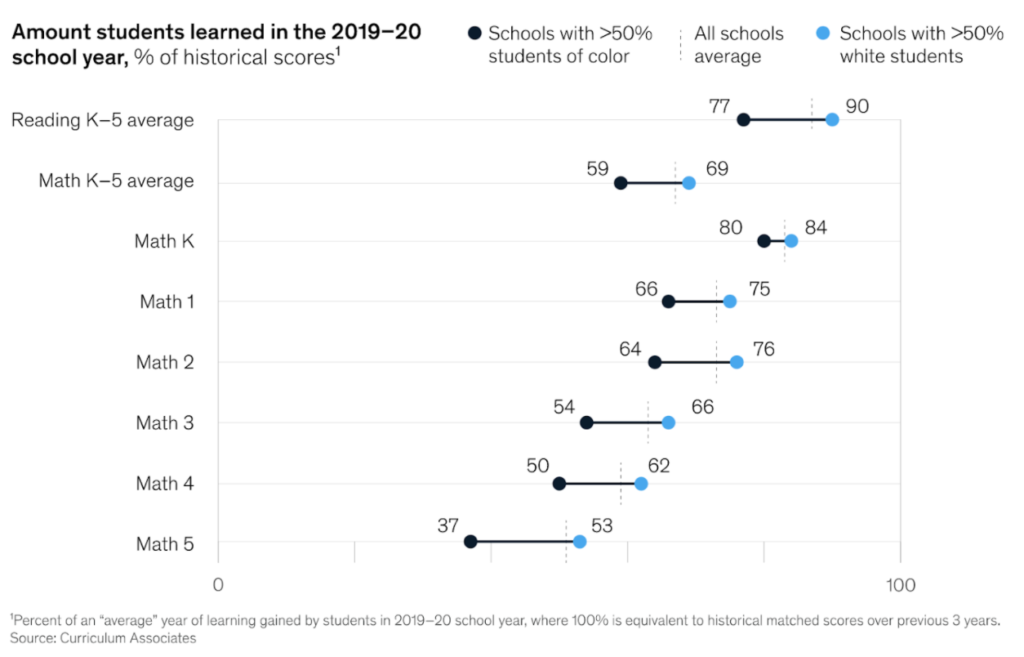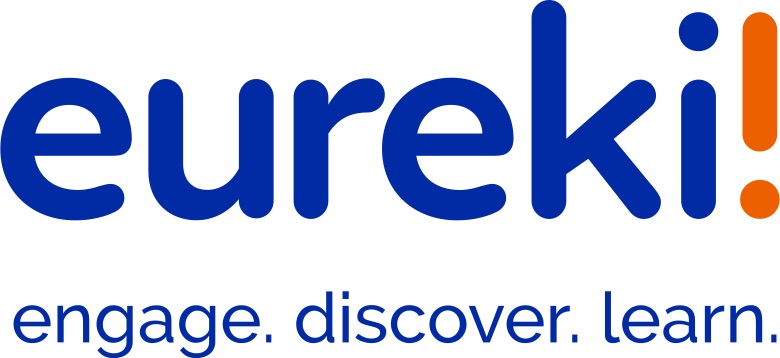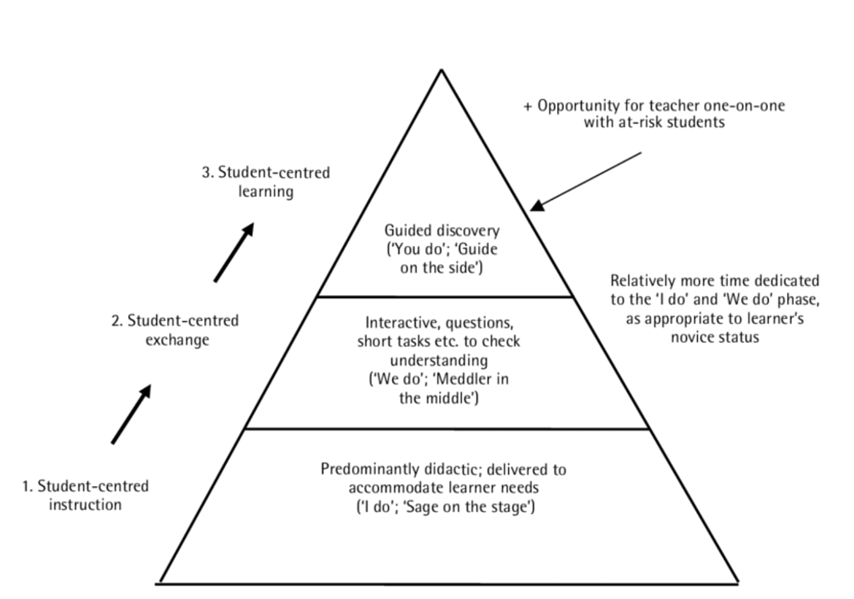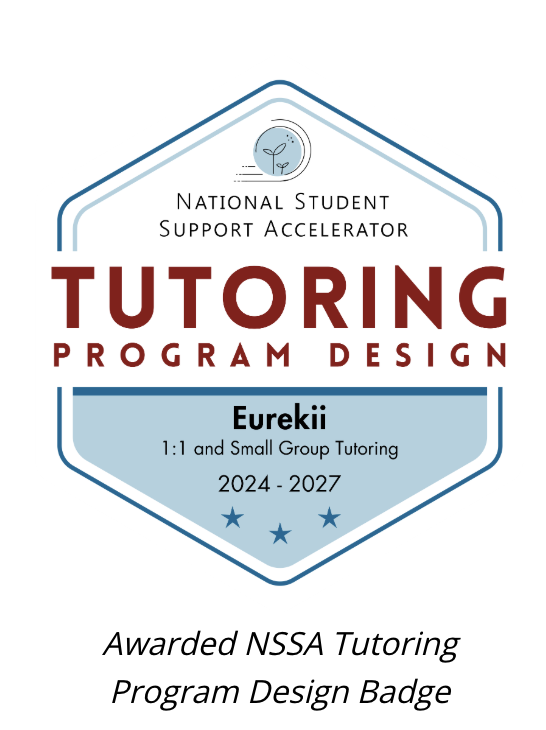Worried That Your Child is Not Engaged in School?
Four Takeaways from Research to Ensure Your Child is Engaged
If your child has had difficulty staying engaged during virtual learning, you are not alone. According to an article published in December 2020 by McKinsey Consulting Company, the cumulative learning loss could be substantial, with students on average losing as much as five to nine months of learning by the end of the 2021 school year. Students of color could be up to twelve months behind. A study conducted by Curriculum and Associates shows math being the subject that most students fall behind in.

As educators transition back to hybrid and adjust to yet another new normal, safety, logistics, catching students up and making sure the grade-level material is covered will undoubtedly be priorities for now until the end of the school year. During virtual, it is easy to hide when your screen and microphone are off.
What will educators find when they see their students in person? And will student engagement be a front and center priority?
There is no widely accepted definition for student engagement, yet we know that without it, nothing happens. Research shows that student engagement constitutes a crucial precondition for optimal and deep-level learning (Barkoukis et al. 2014; Skinner 2016; Skinner, Zimmer-Gembeck, and Connell 1998).
In simplest terms, engagement is defined as actively participating in the learning process. As parents and educators, knowing the key signs for engagement will be critical in ensuring that your children are actively engaged. Here are the four research-backed signs that your children are in an environment where engagement matters.
1. Students have a choice.
Simple, meaningful choices, like which problem to start with or time to reflect and direct their own learning will result in more active engagement. (Mouratidis et al. 2011; Niemiec and Ryan 2009).
Dr. Andrew Martin, professor of motivation and instruction notes that student-centered learning happens when teachers guide while students do the work. Your children should hear questions rather than long periods of lectures and limited interactivity.
2. Student-centered learning is evident.
3. The assignments have rigor.
In an analysis of over 1,500 middle-school assignments, the Education Trust found that only 5% of assignments met the criteria for a standards-aligned, rigorous, and motivating curriculum. Rigor prompts engagement, exploration, making connections, and encourages dialogue.
4. Growth mindset is embraced.
Children should feel safe in an environment where they can take risks and understand mistakes are used as learning opportunities. A class where there is plenty of positive feedback and reinforcements will naturally lead to students feeling more comfortable to challenge their own understanding.
Without a doubt, teaching to a group of students of various abilities in any environment even in the best of conditions is challenging. However, as we head back into a new normal, we must keep engagement front and center in our planning. The impact towards reducing learning loss and bringing joy back to the classroom will make the effort worth it.
Sources
COVID-19 and Learning Loss—Disparities Grow and Students Need Help
5 Ways to Make Rigorous Content Motivating to Students
From Will to Skill: The Psychology of Motivation, Instruction and Learning in Today’s Classroom
Using Load Reduction Instruction (LRI) to Boost Motivation and Engagement
Checking-In: Do Classroom Assignments Reflect Today’s Higher Standards












